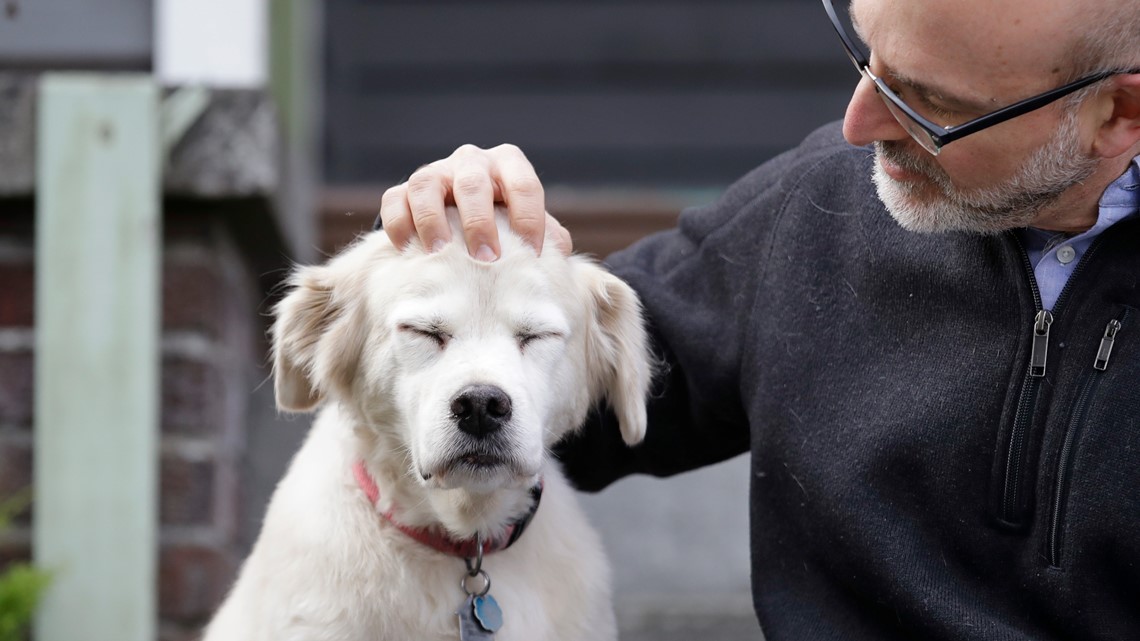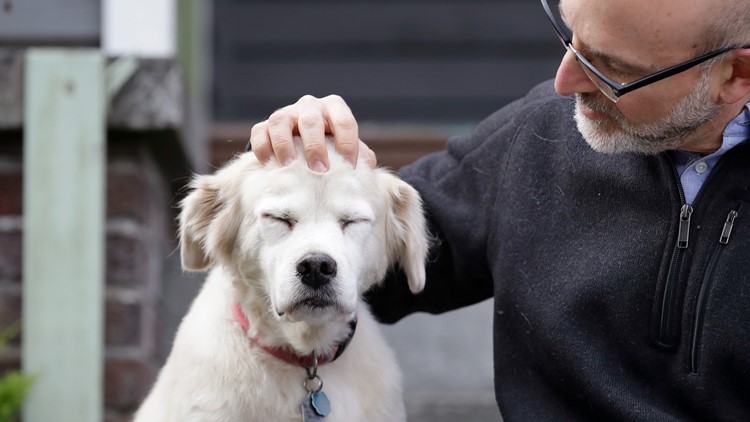The way we used to convert human years to dog years was to multiply by seven, but that may no longer be the best way according to new research.
In a study published to bioRxiv, a preprint server for biology, scientists measured the evolutionary changes in humans and dogs by looking at the addition of methyl groups to DNA molecules over time. This process is called methylation, and has been closely linked to the aging process.
Scientists then used this data to help them form an epigenetic clock, or a test that can be used to measure age.
To track this, the study looked at 104 Labrador retrievers spanning 16 years in age and tried matching their methylation profiles of dogs to that of 320 humans and 133 mice.


The once simple math equation to calculate a dog's age will now likely require a calculator. The correct way of calculating the human age for dogs is:
Human age = 16ln(dog_age) + 31
That means that if you want to calculate your dog's age in human years now, you will have to take the natural logarithm of your dogs age, multiply it by 16 and add 31.
The formula is strongest during major human development stages. According to the study, a seven week old dog corresponds well with a nine-month old human, the time corresponding with the infant stage where teeth in dogs and babies start to develop. The formula was also strong later in life during the senior stage. For example, the 12-year life expectancy of a Labrador, corresponds well with the 70-year life expectancy of a human.
Even with a more accurate formula, there may not ever be a comprehensive way of determining a dog's age in human years. The study only used Labrador retrievers. As different breeds of dogs may age at slightly different rates, researchers stressed the new formula was not a one size fits all way of determining dog age.


